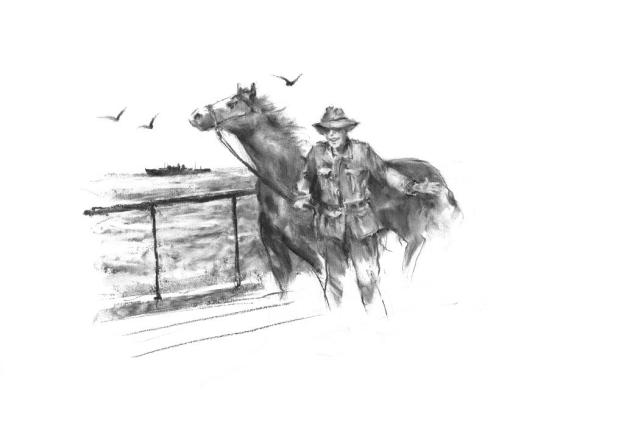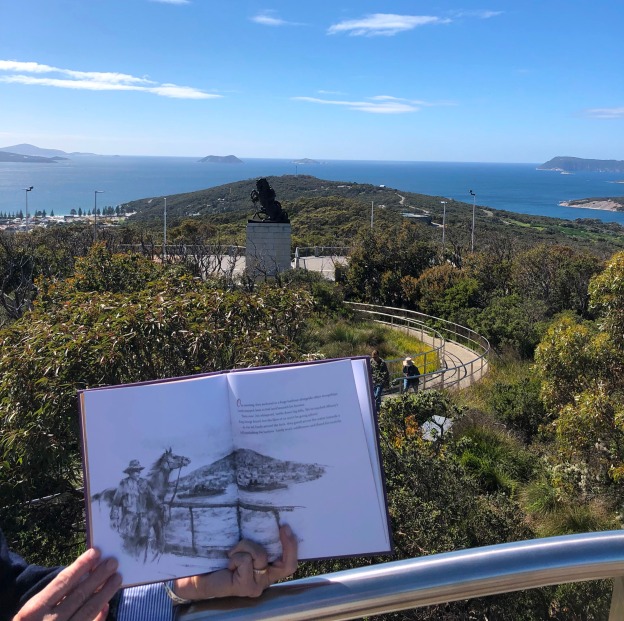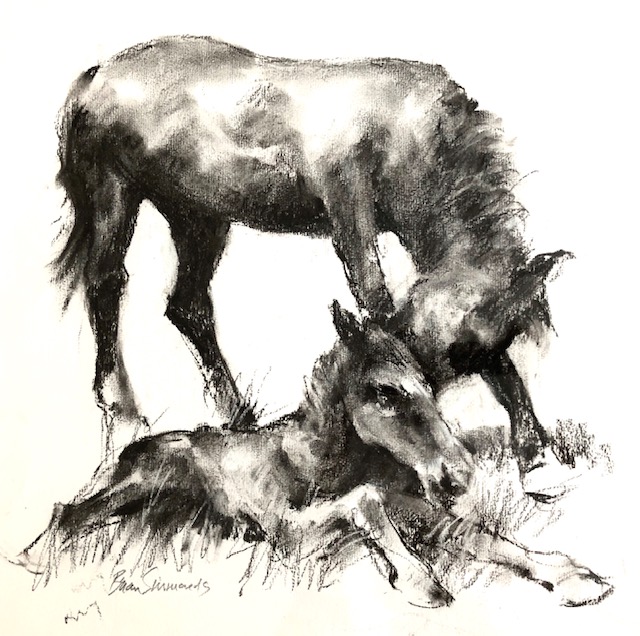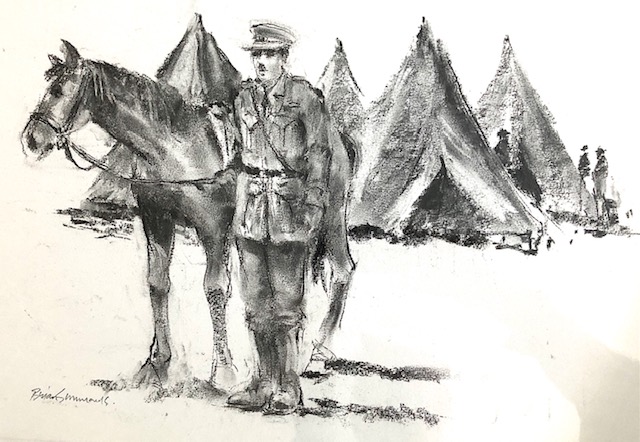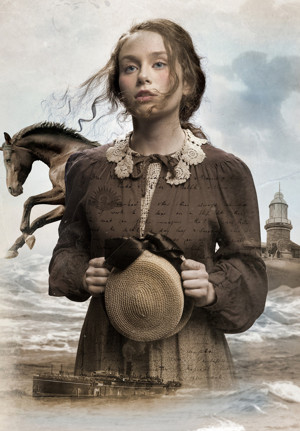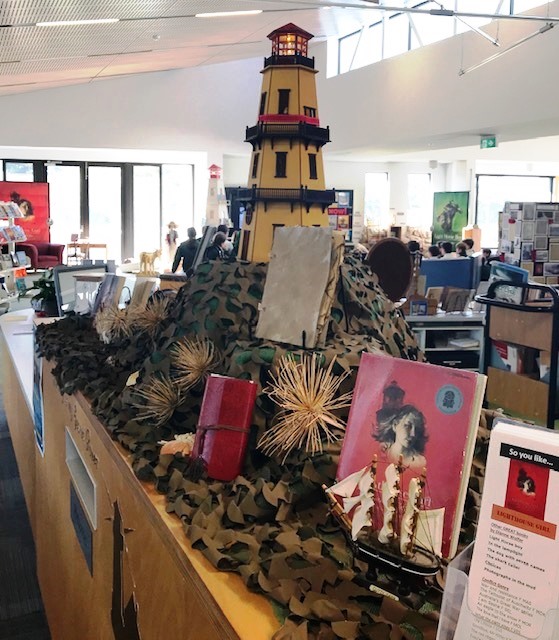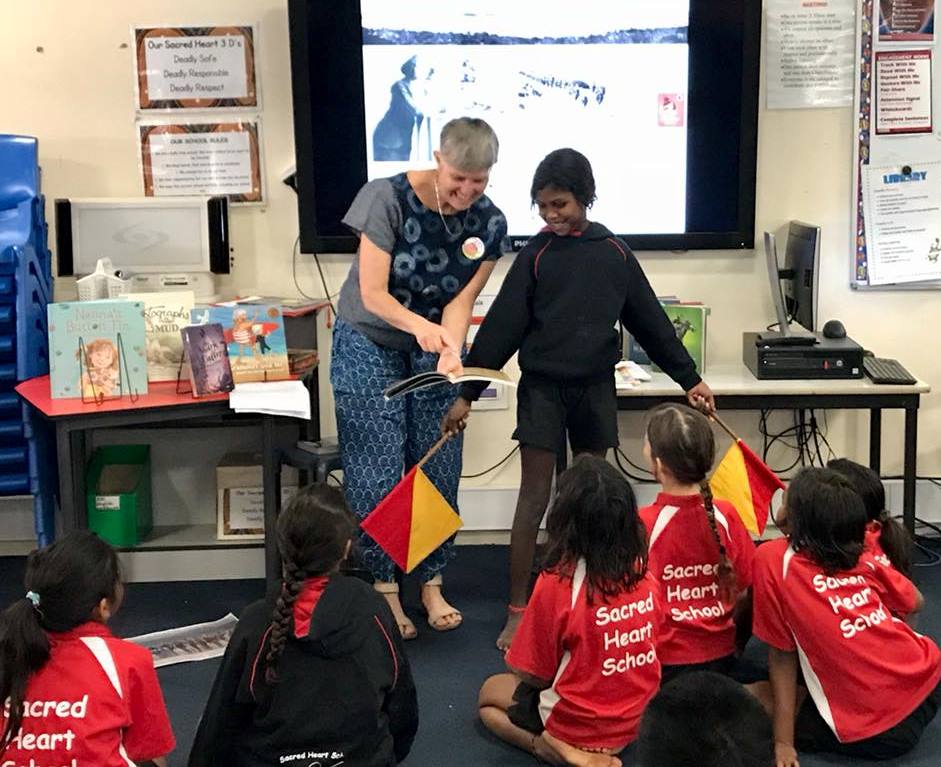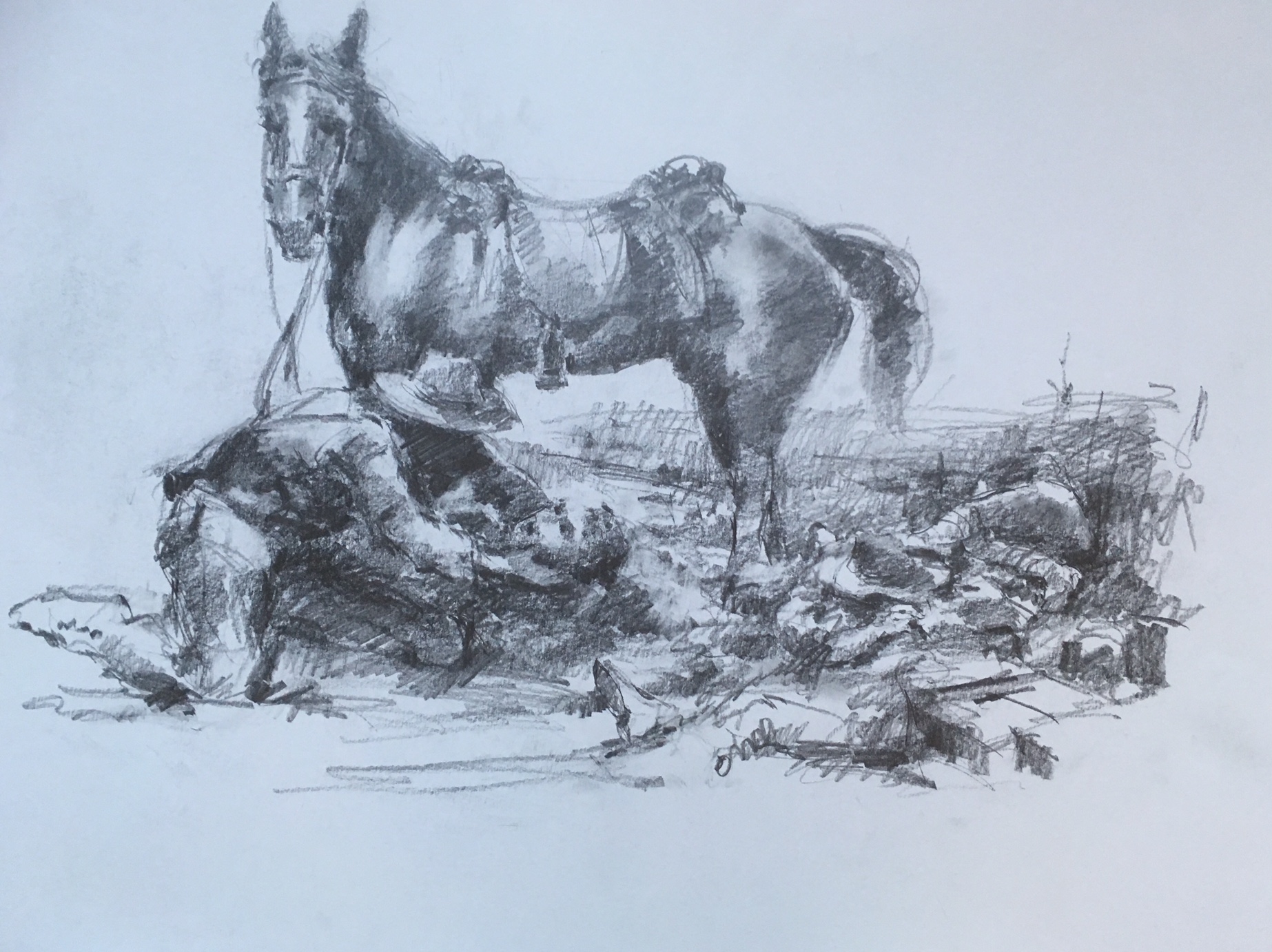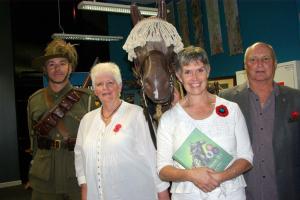… nor keep a diary. In earlier ‘Light’ series titles, Lighthouse Girl, Light Horse Boy and In the Lamplight, I used point-of-view switches between 1st person and 3rd person to add layers. I couldn’t do this for The Last Light Horse.
Researching and writing about a wartime horse was challenging. I needed to add layers differently. There are excellent historic records for humans that served, but that’s not often the case for animals.
The Last Light Horse is divided into four parts, linked to four of the significant men in Sandy’s life. The first is Francis O’Donnell. His family owned the brick kiln in old Tallangatta where Sandy hauled bricks. Francis was keen to serve, however as a Catholic, he was encouraged not to support an ‘English’ war. Instead, Francis donated his best horse. You can read more about Francis here.
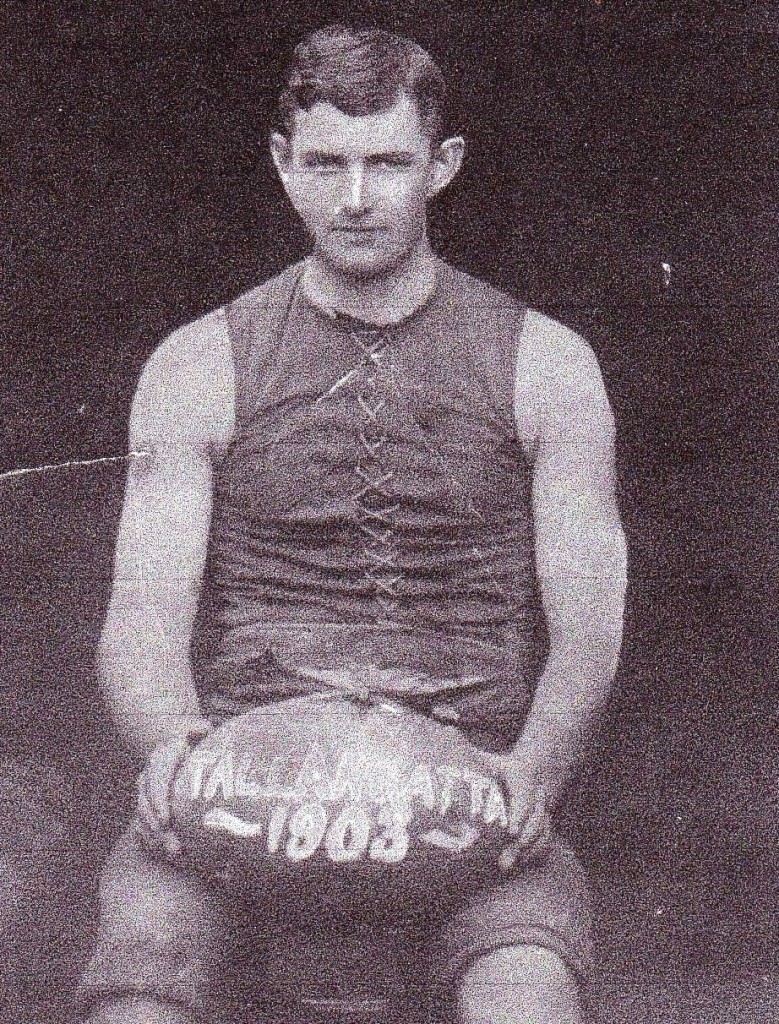
The next important figure in Sandy’s life was Major General Bridges. His dying wish was that Sandy be brought home to Australia. The page below shows details of his funeral. In the left-hand image, boots are turned backward to denote a fallen soldier.

After the death of Major General Bridges, Captain Leslie Whitfield, a veterinarian, cared for Sandy In Egypt. When Whitfield was transferred to France, Sandy went too. The veterinarians rode horses to the edge of battle to treat wounded animals. A steady horse like Sandy was invaluable.
Archibald Jordon met Sandy at the Calias Veterinary Hospital. Archie became Sandy’s groom and was the soldier chosen to accompany the old horse home. Their ship docked in Melbourne soon after the 1918 Armistice was signed.
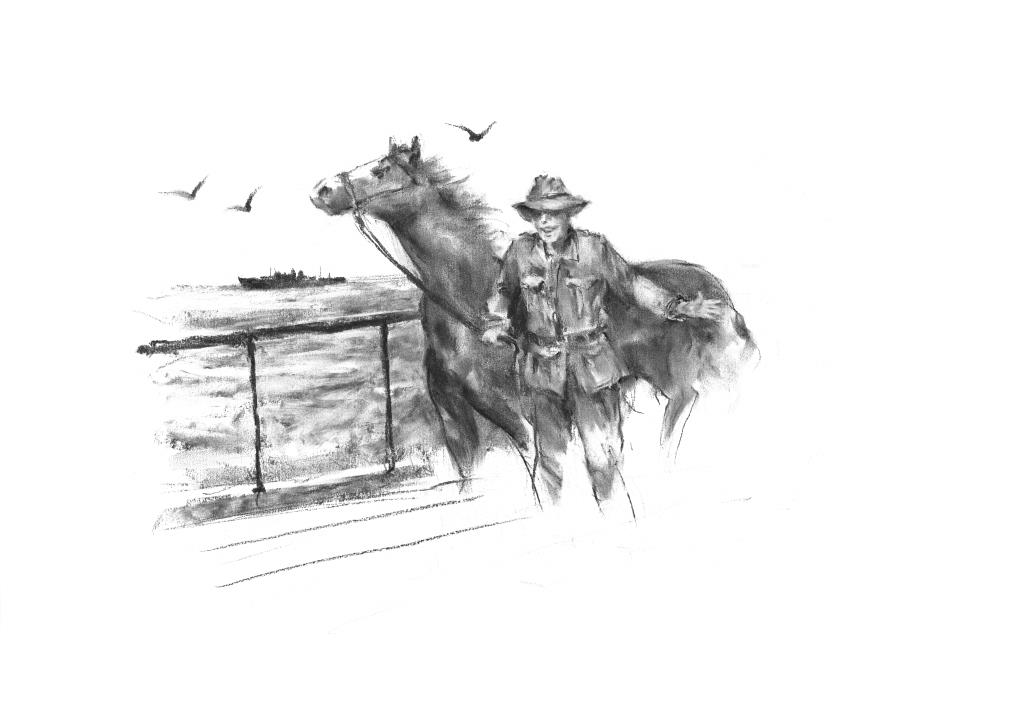
Sandy had been away for over four years. He spent his remaining days at Maribyrnong until, aged 23, and almost blind, he was euthanised. Archie died a few months later.
Each year on Remembrance Day, as well as wearing a red poppy to remember the people who served, I wear a purple poppy to remember the animals that have gone to war. There are other warhorse-related blog posts on this site, focusing on different titles in the ‘Light’ series. To read more, use the search function. Lest we Forget.

